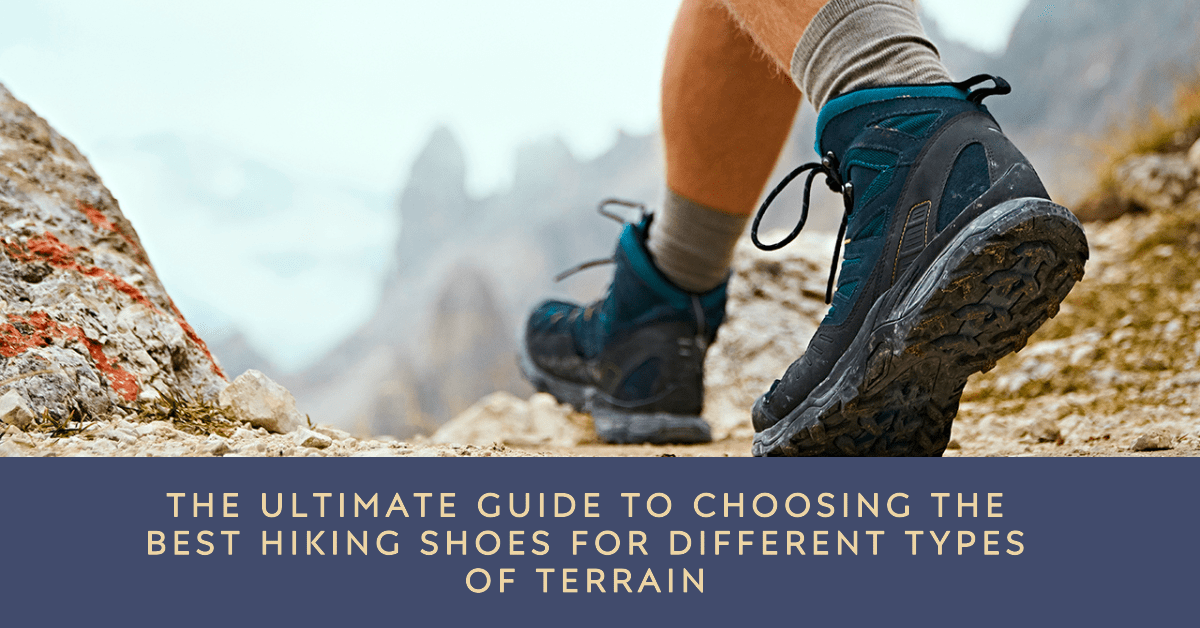Hiking is not just a physical activity; it’s a journey that allows you to connect with nature, explore new landscapes, and challenge your limits. One essential companion on this journey is the right pair of hiking shoes.
But with so many options available, how do you choose the best ones for your adventure?
In this guide, we’ll walk you through the top recommendations for hiking shoes designed to tackle various terrains, ensuring you make the most out of your outdoor experience.
Trail Runners for Light Trails
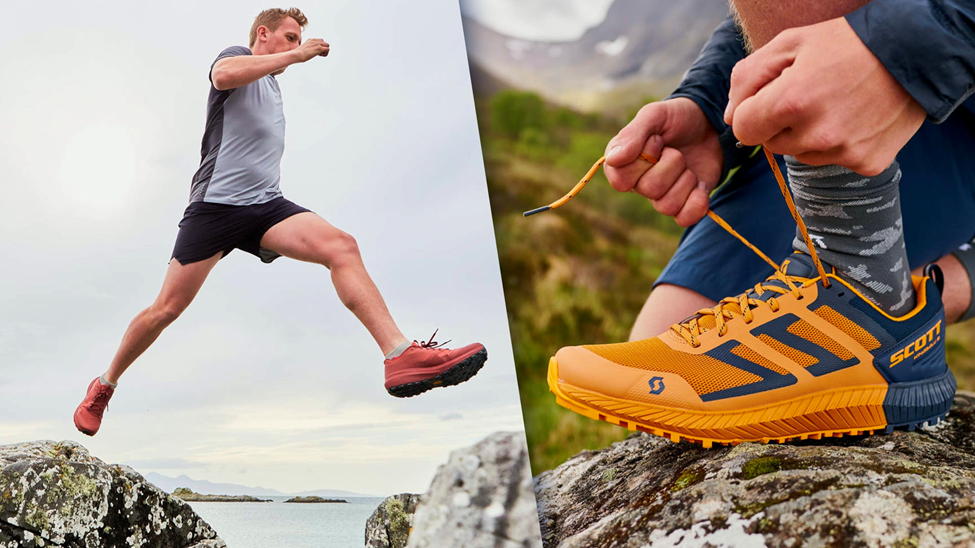
For those venturing on well-maintained trails with minimal obstacles, a pair of trail runners might be your best bet. These lightweight shoes provide excellent traction on dirt paths and are designed to keep you comfortable even during long hikes. Look for features like breathable mesh uppers and a cushioned sole for added comfort.
Low-Cut Hiking Shoes for Day Hikes
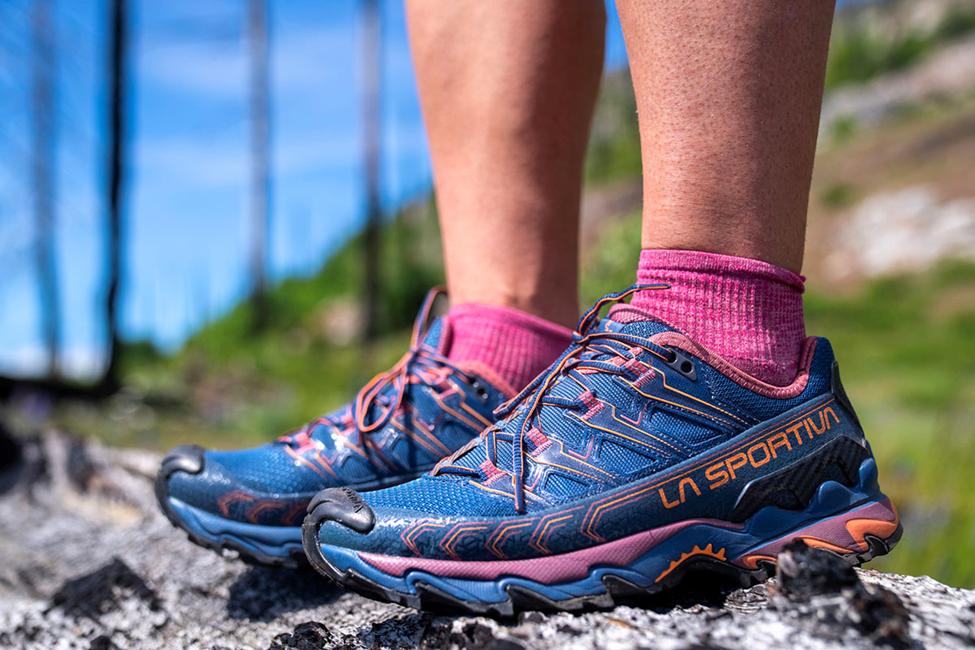
If you’re planning a day hike on moderate terrains, low-cut hiking shoes are a popular choice. They offer a blend of flexibility and support, making them suitable for a range of environments. Opt for a pair with a sturdy sole for better grip and waterproofing for unexpected wet conditions.
Mid-Cut Hiking Boots for Rugged Terrain

When the trail gets rough and rocky, mid-cut hiking boots come to the rescue. These provide additional ankle support, which is crucial for stability on uneven ground. Look for boots with a durable outsole, protective toe cap, and waterproof membrane to keep your feet dry and secure in challenging conditions.
High-Cut Hiking Boots for Technical Terrain

For the most challenging terrains, such as steep inclines, rocky slopes, or even snow-covered paths, high-cut hiking boots are your best bet. These offer maximum ankle support and protection. Insulated options are available for colder climates. Ensure they have a non-slip outsole and a snug fit to prevent any discomfort or blisters on extended treks.
Water-Friendly Hiking Sandals for Wet Environments

For those seeking adventures in and around water bodies, consider water-friendly hiking sandals. They provide excellent traction on wet surfaces, quick drainage, and allow your feet to breathe. Look for sandals with adjustable straps for a secure fit and durable rubber soles for improved grip.
Approach Shoes for Scrambling and Climbing
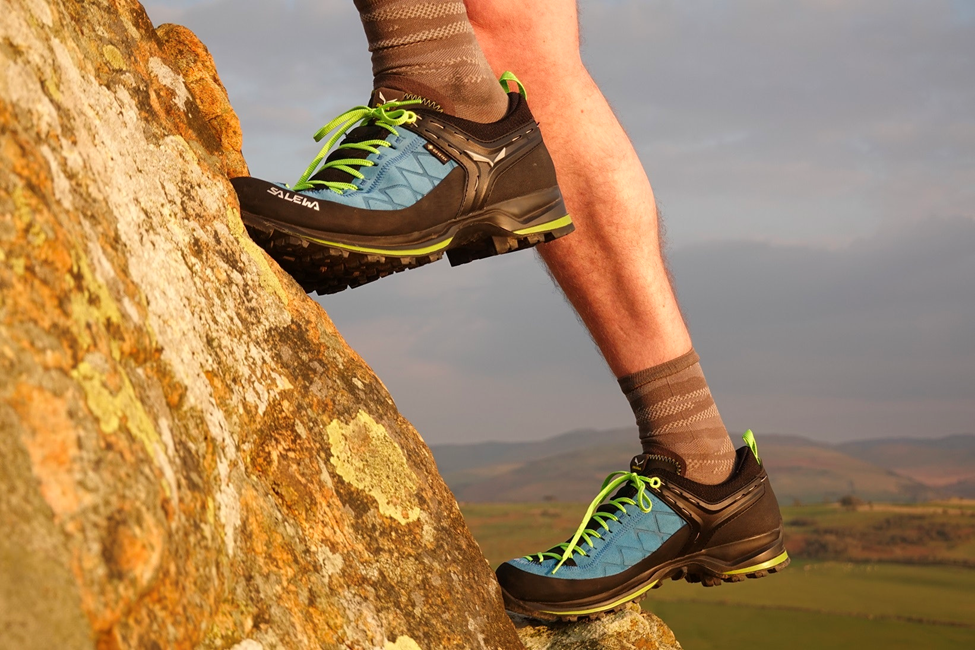
For those venturing into technical terrain that requires both hiking and climbing, approach shoes are a versatile choice. They provide a sticky rubber sole for excellent grip on rock surfaces and often feature a reinforced toe for added protection. Look for a snug fit and a supportive midsole to tackle steep inclines and rocky scrambles.
Winter Hiking Boots for Snow and Ice

When the trail is covered in snow or ice, specialized winter hiking boots are essential. These boots come with insulation to keep your feet warm, a waterproof membrane to keep them dry, and a durable outsole with aggressive treads for traction on slippery surfaces. Opt for boots with extra room for thick socks and consider crampon compatibility for more extreme winter conditions.
Sand-Proof Hiking Shoes for Desert Adventures
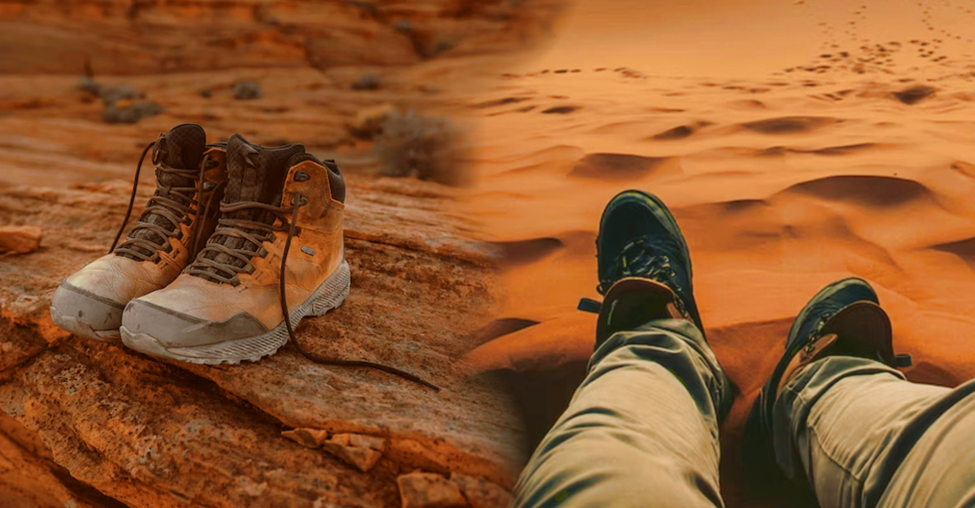
If you’re planning to explore desert landscapes with sandy terrain, consider sand-proof hiking shoes. These are designed with gaiters or integrated sock-like uppers to keep sand out, ensuring a comfortable and irritation-free hike. Look for shoes with breathable mesh and excellent ventilation to keep your feet cool in the hot desert sun.
Water-Resistant Trail Runners for Muddy Trails

For trails that are prone to mud and water crossings, opt for water-resistant trail runners. These shoes have a protective coating that helps repel water and mud, keeping your feet drier and more comfortable. Look for shoes with aggressive lugs on the outsole for superior traction in slippery conditions.
Lightweight Minimalist Shoes for Fast-Paced Hiking
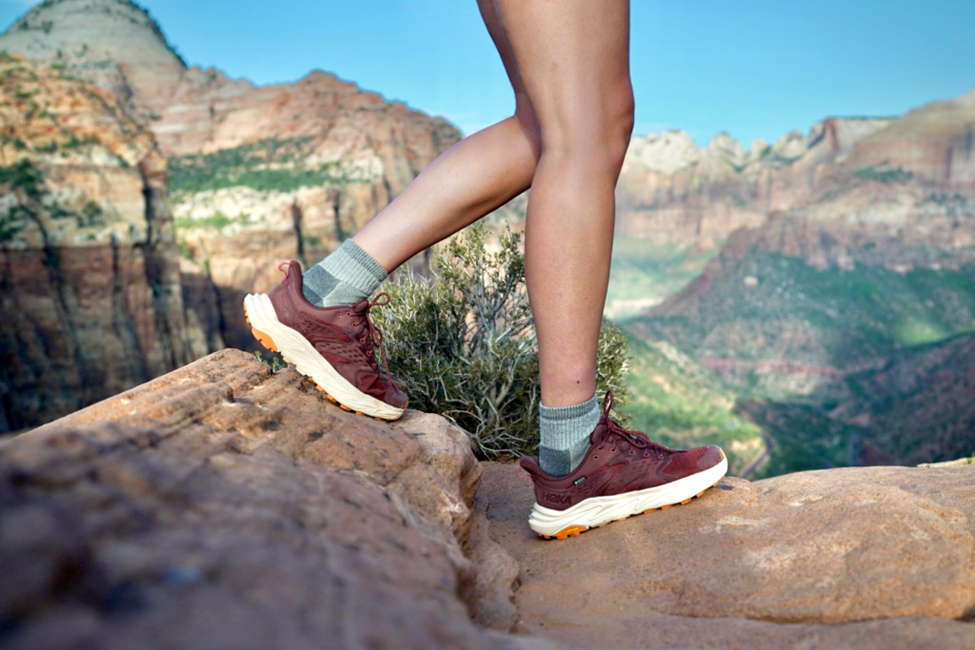
If you prefer a minimalist approach to hiking or enjoy fast-paced treks on well-maintained trails, lightweight minimalist shoes are a great choice. These shoes provide a natural feel, allowing for a more connected experience with the terrain. Look for shoes with a thin, flexible sole and a wide toe box for maximum comfort and agility.
Tips when choosing the Best Hiking Shoes for Different Types of Terrain
Here’s more! Aside from outlining the best hiking shoes, here are additional tips to consider to make sure you get the best fit for your needs.
- Get the right fit. Hiking shoes should fit snugly but comfortably, with enough room to wiggle your toes. Your heels should not slip when you walk downhill, and your toes should not hit the front of the shoe when you walk uphill.
- Consider the weight of the hiking shoe. Hiking shoes can range in weight from a few ounces to a few pounds. Choose a shoe that is light enough for you to comfortably hike in, but that also provides the support and traction you need.
- Choose a shoe with good breathability. Your feet will sweat when you hike, so it is important to choose a shoe that allows your feet to breathe. Look for a shoe with a mesh upper or other ventilation features.
- Choose a shoe with good traction. Hiking shoes should have good traction to prevent you from slipping on wet or uneven surfaces. Look for a shoe with a rubber outsole with lugs.
- Choose a shoe with good support. Hiking shoes should provide good support for your ankles and feet. Look for a shoe with a midsole that provides good cushioning and support.
- Choose a shoe that is waterproof or water-resistant. If you will be hiking in wet conditions, choose a shoe that is waterproof or water-resistant. Look for a shoe with a Gore-Tex lining or other waterproofing technology.
- Choose a shoe that is durable. Hiking shoes can take a beating, so it is important to choose a shoe that is durable. Look for a shoe with a tough upper and outsole.
- Break in your hiking shoes before you go on a long hike. Hiking shoes can take some time to break in, so it is important to wear them around the house or on short hikes before you go on a long hike. This will help to prevent blisters and other problems.
Conclusion
With the right pair of hiking shoes tailored to your specific terrain, you can elevate your outdoor experience to new heights. Consider the type of environment you’ll be navigating and choose from the options mentioned in this guide to ensure you have the best hiking shoes for your upcoming adventure.
Remember, investing in quality footwear is an investment in your comfort, safety, and overall enjoyment of the great outdoors.

